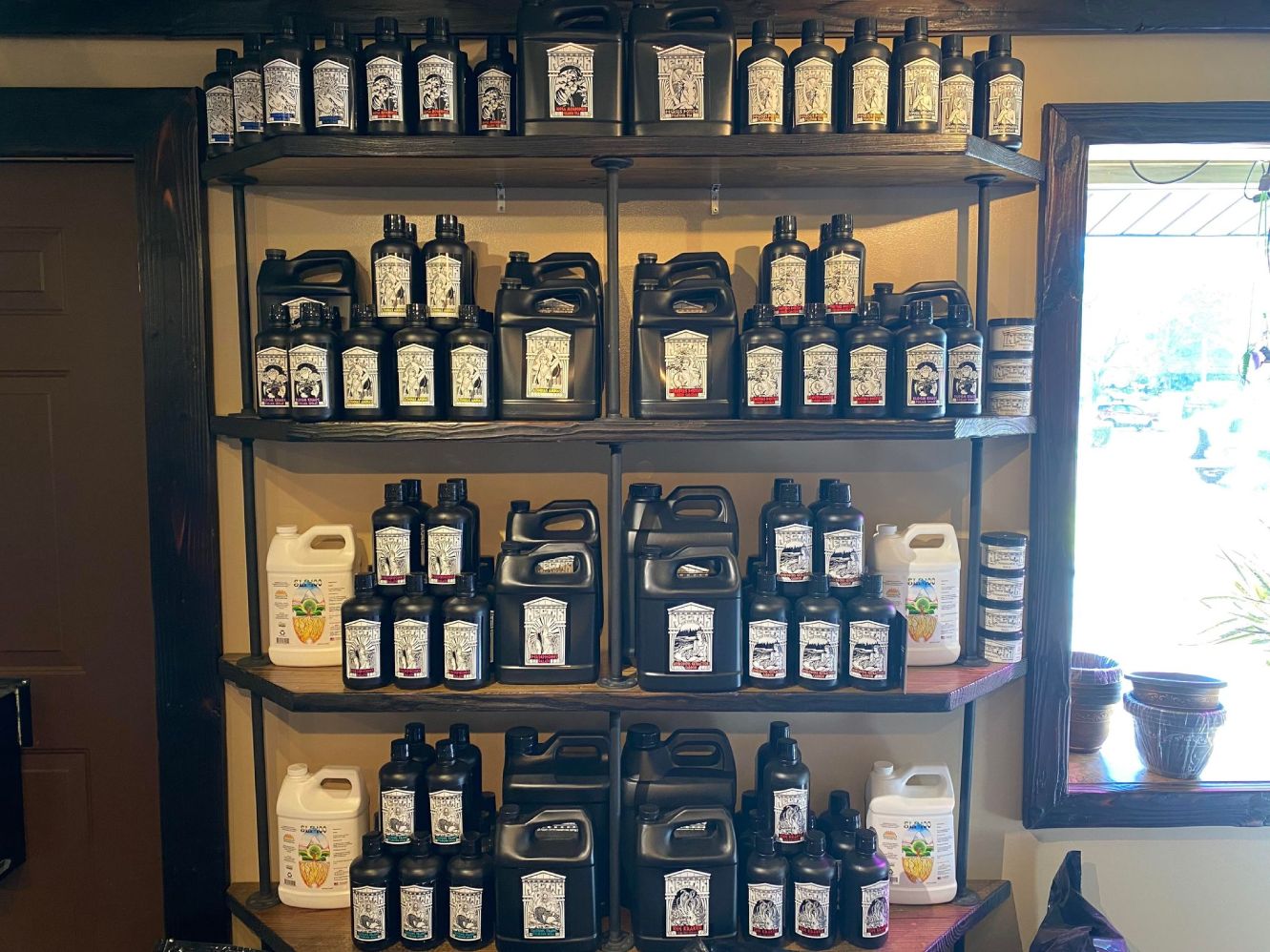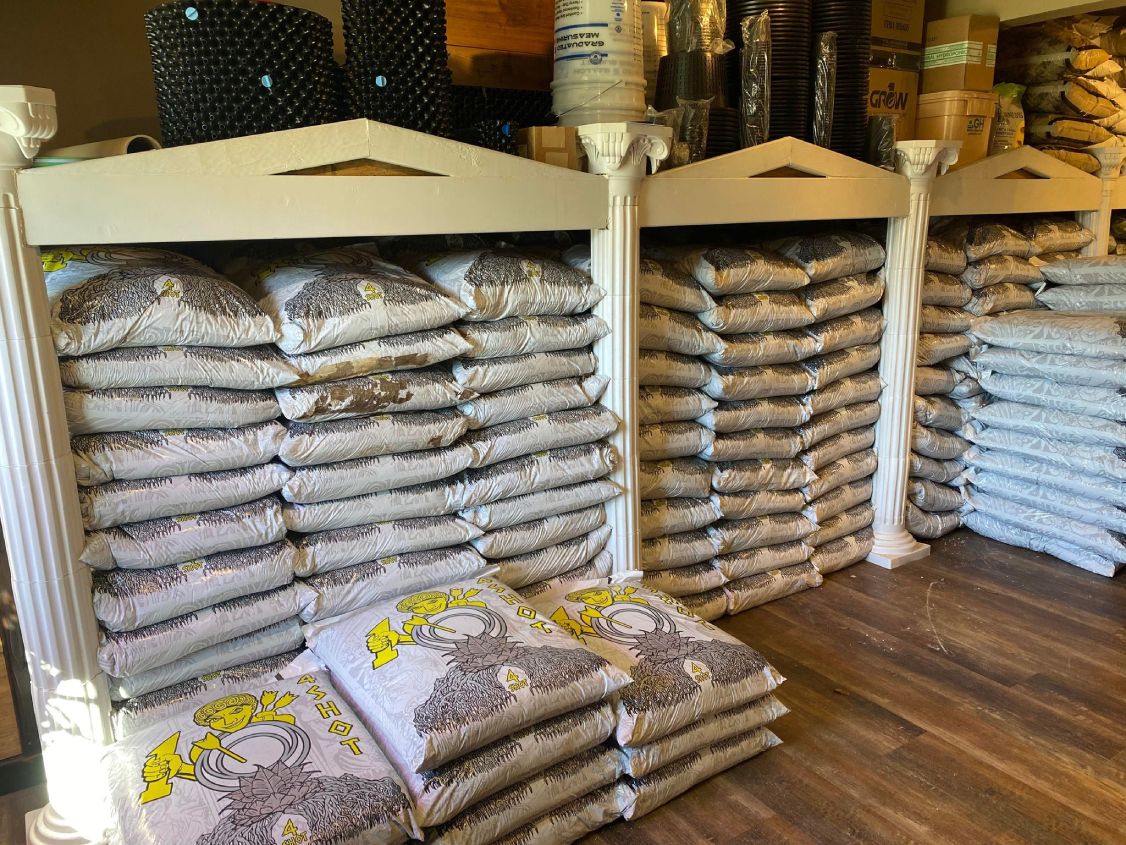The Indoor Earthworm Method: A Game-Changer in Growing Techniques
The Indoor Earthworm Method: A Game-Changer in Growing Techniques
Blog Article
Opening the Possible of Hydroponics: Understanding Its Makes Use Of and Different Types
Hydroponics, a technique of growing plants without soil, has actually amassed increasing focus for its prospective to reinvent agriculture and horticulture practices. As we navigate with the intricate landscape of hydroponic systems and techniques, it comes to be noticeable that each method holds distinctive benefits and restrictions.
Advantages of Hydroponic Systems

Another benefit of hydroponic systems is the capacity to grow plants in a smaller area. Hydroponic systems lower the threat of soil-borne diseases and insects, as there is no soil to harbor these hazards.
Typical Utilizes in Agriculture

Provided the reliable water conservation and space-saving advantages of hydroponic systems, it is evident that these ingenious agricultural approaches have discovered common uses in numerous fields of agriculture. In standard agriculture, soil-based farming can be labor-intensive and land-consuming. Hydroponics provides an option by permitting plants to be expanded without dirt, minimizing water use by approximately 90% contrasted to standard farming techniques. This makes hydroponics particularly suitable for regions facing water shortage or limited arable land. Furthermore, the regulated atmosphere of hydroponic systems allows year-round farming, providing a consistent supply of fresh produce no matter of exterior weather.
Hydroponics is frequently utilized for growing a selection of plants, consisting of leafy greens, tomatoes, cucumbers, strawberries, herbs, and peppers. Additionally, hydroponic systems are used in research and academic setups to study plant cultivation, nutrition, and development techniques.
Exploring Various Hydroponic Strategies
Hydroponic systems use a range of methods that cater to different plant types and farming goals. In addition, the Ebb and Circulation system, likewise known as the Flood and Drainpipe system, periodically floodings the plant origins with nutrient option, enabling for oxygenation during draining pipes durations. Each of these techniques showcases the convenience and effectiveness of hydroponic systems in boosting plant growth and yield.
Comparing Numerous Hydroponic Solutions
Discovering the efficiency and yield enhancement techniques in hydroponics leads us to contrast numerous hydroponic systems available for crop farming. Each hydroponic system has its special attributes, advantages, and constraints, making it crucial for cultivators to choose the most suitable system based on their specific needs and constraints.
One of one of the most usual hydroponic systems is the nutrient film method (NFT), where a slim More hints movie of nutrient option continuously moves over the plant origins. This system is valued for its water efficiency and viability for expanding leafed eco-friendlies and herbs. On the other hand, the deep water society (DWC) system immerses plant roots straight into the nutrient option, supplying ample oxygen and nutrients. The DWC system is cost-efficient and relatively basic, making it a prominent selection for newbies.
Another prominent hydroponic system is the ebb and circulation (or flooding and drain) system, which regularly floodings the plant roots with nutrient remedy before draining it. By comprehending the differences in between these hydroponic systems, cultivators can make enlightened decisions to optimize crop yield and quality.
Technologies in Hydroponic Modern Technology
One key advancement is the growth of smart hydroponic systems that utilize sensing units and automation to monitor and readjust environmental problems such as pH degrees, nutrient focus, and light exposure in real-time. These systems make it possible for precise control over growing problems, leading to optimum plant growth and higher plant returns.
One more remarkable advancement is the combination of vertical farming strategies with hydroponic systems, enabling for the cultivation of crops in piled layers. This upright approach optimizes area use, making it optimal for city settings where land availability is restricted - The his response Indoor Earthworm. Additionally, making use of innovative LED illumination systems tailored to details plant demands has boosted power performance and enhanced development prices in hydroponic setups
Technologies like these are driving the development of hydroponics, making it a sustainable and very eye-catching choice for modern agriculture.
Verdict
In verdict, hydroponics provides countless benefits in agriculture and has different methods and systems that can be made use of to maximize its capacity. Technologies in hydroponic modern technology remain to enhance performance and sustainability in food production. By comprehending the uses and different sorts of hydroponic systems, growers and farmers can open the full possibility of this ingenious method of growing plants without soil.
In addition, hydroponic systems allow for far better control over nutrient levels, pH balance, and environmental problems, leading to much healthier plants and greater yields.

Report this page